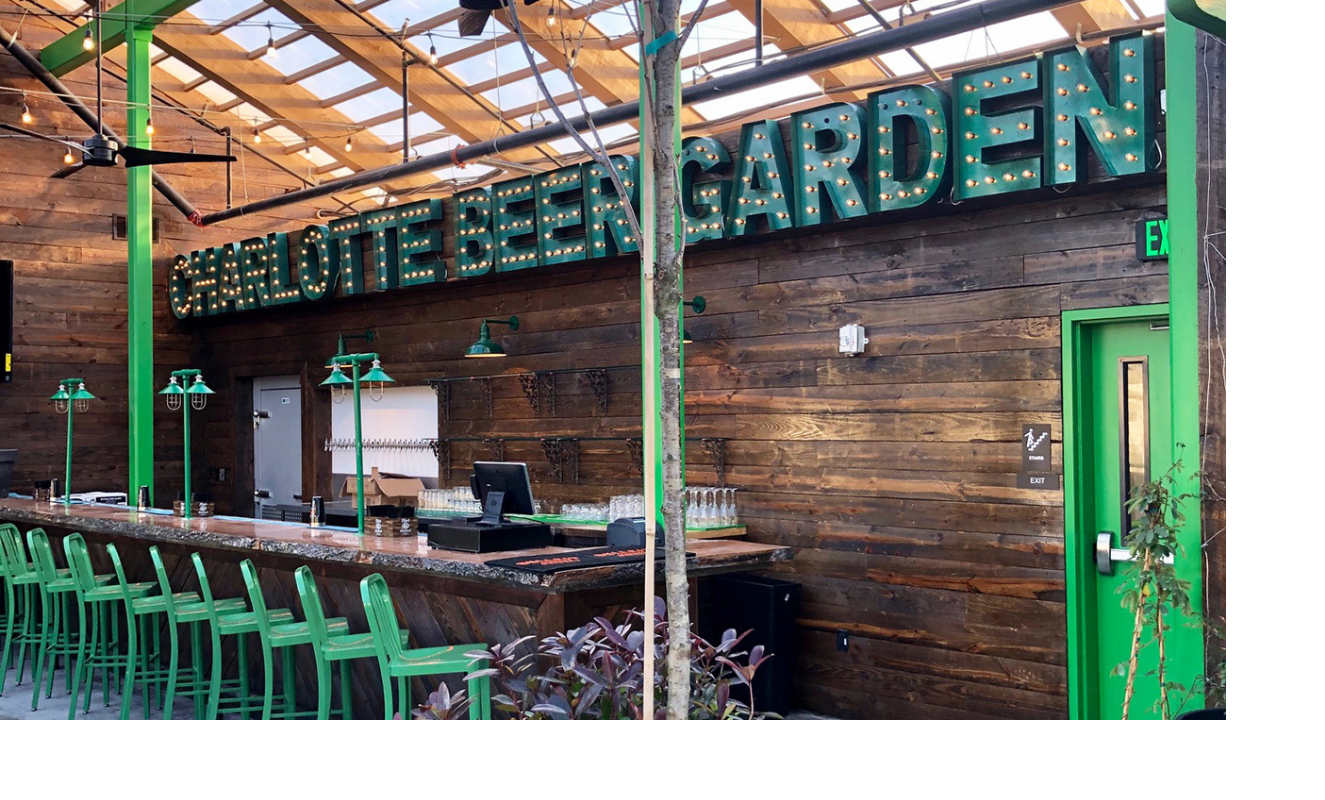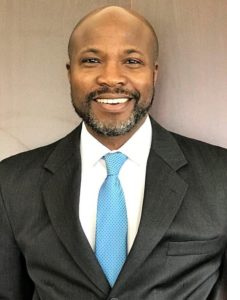Breakfast with Principals
June 29 & 30 | 8:00am – 9:00am ET
A few spots are still available to attend next week’s Breakfast with Principals. This event provides an opportunity to meet with fellow members, make connections, and discuss what is going on with NAIOP and Charlotte’s commercial real estate industry while enjoying breakfast from two of Charlotte’s local hot spots Community Matters Café and Nick’s Cafe.
Table hosts are Pete Kidwell, Beacon Partners, Pat Pierce, Selwyn Property Group, Sagar Rathie, Crescent Communities, and Chris Thomas, Childress Klein.
Space is limited to 6 people per table, with a maximum of 2 tables per location. This is a NAIOP member-only event.
There is no charge to sign up for this event. Breakfast will be on own – make sure to come hungry and help support local businesses!
Register for Nick's Cafe on June 29
Register for Community Matters Cafe on June 30
Questions
If you have questions, please contact the NAIOP Charlotte office at [email protected].









 Network with NAIOP members and guests at the
Network with NAIOP members and guests at the  CREW Charlotte is excited to host its first in-person luncheon in over a year! Space is limited so do not delay.
CREW Charlotte is excited to host its first in-person luncheon in over a year! Space is limited so do not delay. David Furman is a Charlotte native, architect, and developer, who has specialized in creating the urban experience through unique residential and mixed-use developments over a 40-year career. His Centro CityWorks, company has designed and/or developed over 40 projects in downtown Charlotte and SouthEnd, including Charlotte’s first downtown high-rise condo, Courtside, as well as the 28 story TradeMark building where he lives and works. He is currently on the board of Charlotte Center City Partners as well as an active participant in many initiatives to advance Charlotte’s urban presence as a premier place to live, work, and play.
David Furman is a Charlotte native, architect, and developer, who has specialized in creating the urban experience through unique residential and mixed-use developments over a 40-year career. His Centro CityWorks, company has designed and/or developed over 40 projects in downtown Charlotte and SouthEnd, including Charlotte’s first downtown high-rise condo, Courtside, as well as the 28 story TradeMark building where he lives and works. He is currently on the board of Charlotte Center City Partners as well as an active participant in many initiatives to advance Charlotte’s urban presence as a premier place to live, work, and play.  The
The